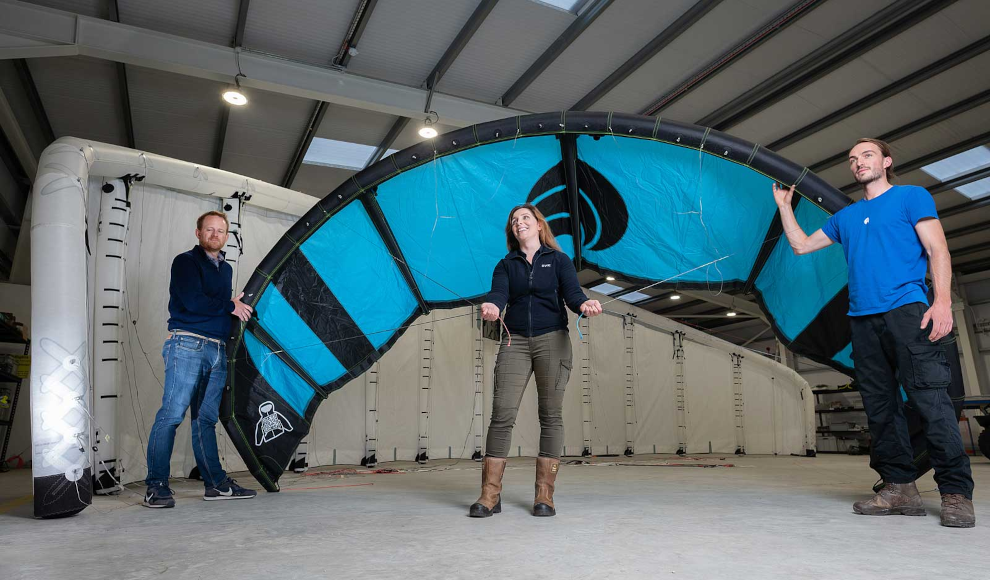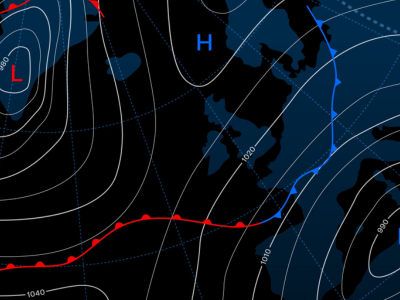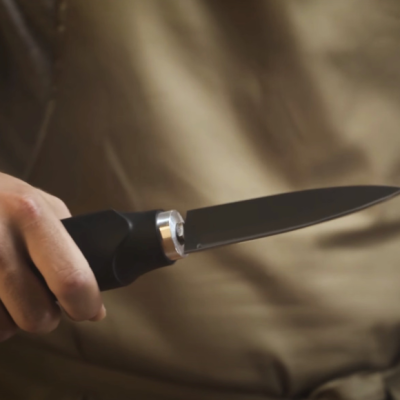RWE Tests Flying Wind Turbine in Ireland
RWE, in collaboration with start-up Kitepower, is testing a new wind energy technology in Ireland that uses airborne wind energy (AWE) to generate electricity. AWE involves flying wind turbines that use the permanent high-altitude winds up to 500 meters to produce power. The system uses a self-developed kite that is attached to a robust Dyneema rope. The kite generates mechanical power that is transformed into electricity by a ground station. The Falcon system, with a surface area of 60 square meters and a weight of 80 kilograms, including Kite Control and Sensor Unit, is expected to produce up to 100kW in Bangor Erris. The kite will be tested at a height of up to 350 meters in the initial phase, with future tests planned at greater heights.
The flying wind turbine uses two phases to generate electricity. In the “Reel Out Phase,” the kite flies in a figure-eight pattern, pulling the rope out. This process typically takes 80 seconds. This is followed by the “Reel In Phase,” which lasts about 20 seconds. During this phase, the rope is rewound, with minimal energy consumption. The process then starts again, producing a constant flow of electricity.
Johannes Peschel, the CEO of Kitepower, explained the principle behind the system. The kite’s structure consists of a hybrid framework of inflatable elements and solid fiberglass. The Falcon system is expected to produce electricity using the permanent high-altitude winds in Ireland. The technology has the potential to revolutionize the wind energy industry, providing a more efficient and cost-effective way to generate electricity.










